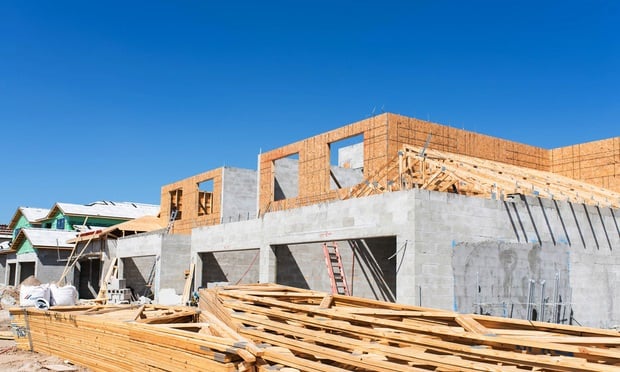Part 2 of 2
SEATTLE—Collaborative workspace is driven by Millennials' preference to work in teams and the organizations' objective to be efficient with their occupied space. That is according to Tom Woodworth, principal of Trammell Crow Co.'s Seattle business unit.
“Flexible systems furniture, whether it be semi-private work space, linear work stations, wireless hubs or demountable demised offices, allow for effortless re-configuration of work groups as enterprise projects advance or work-flow changes.” As a means to stay relevant, design of new buildings has shifted, he tells GlobeSt.com, and requires the following: Open floor plans, enhanced mechanical/electrical systems, intelligent elevator systems, and increased ceiling and window heights.
“These enrichments provide: efficient re-set of systems furniture for improved functionality; increased cooling and ventilation to accommodate greater headcount densities; efficient routing of meeting-bound workers between multiple leased floors; and access to natural light into the open office layout.
The evolution of building design includes building common areas, he adds. For example, 929 and Midtown21 Office Towers, “offer access to non-conventional hospitality-oriented collaborative space, referred to as living rooms, office commons or great rooms. Alternative communal spaces provide employee relations ranging from formal conferencing, lounge settings, media review space, social clustering, and outdoor work spaces; all of which would be situated in large spaces exclusive from the leased floor.”
This common collaborative space, he says, creates a hub between the office floor and the work, live, play neighborhood that these next generation office buildings reside within.
And the change in location and design of urban office space is triggering development companies and property owners to add newly-defined essentials to remain being sought-after locations. “The transformation in employee age demographics and company goals to maximize efficiency of occupied space, health and well-being of their people are distinguishing building position and design.”
Continue Reading for Free
Register and gain access to:
- Breaking commercial real estate news and analysis, on-site and via our newsletters and custom alerts
- Educational webcasts, white papers, and ebooks from industry thought leaders
- Critical coverage of the property casualty insurance and financial advisory markets on our other ALM sites, PropertyCasualty360 and ThinkAdvisor
Already have an account? Sign In Now
© 2024 ALM Global, LLC, All Rights Reserved. Request academic re-use from www.copyright.com. All other uses, submit a request to [email protected]. For more information visit Asset & Logo Licensing.








